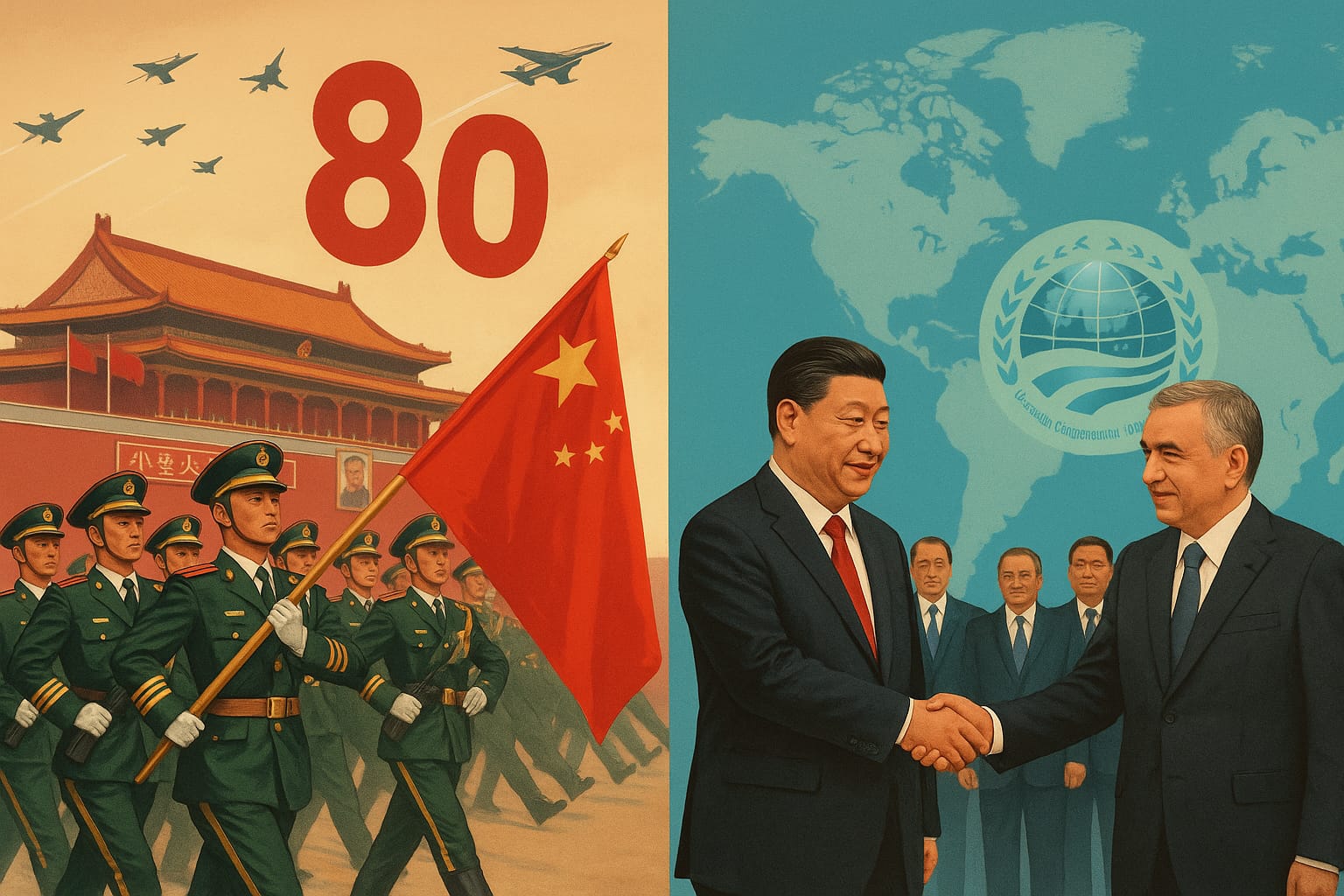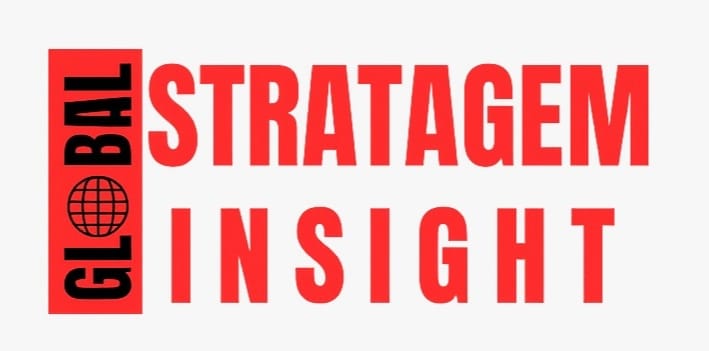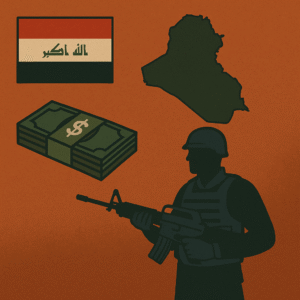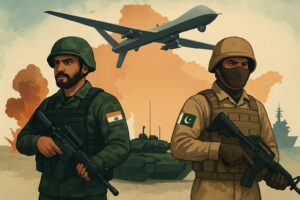Parade and Pact: How China use Soft and Hard Power at the same time

China demonstrates hard power through its 80th Victory Parade and soft power through diplomatic engagement at the SCO Summit 2025.
Just in one week an event or a scenario breaks the routine of life to make you wonder, ‘Well, something must be going on’. One of those was, in Beijing. Just 3 days ago, China was able to host a highly INTERNATIONAL summit, and in the same days, put on one of the most complex military parades in the country’s history. One day it’s handshakes, and missiles the next day. It was as if Beijing was saying, ‘Yes, we can talk peace, but yes, we can also flex militarily’.
The Shanghai Cooperation Organization summit was the first act. All the heads of Russia, India, Pakistan, Kazakhstan, Kyrgyzstan, Tajikistan, and Uzbekistan came. Even observer states like Iran and dialogue partners like Turkey joined in. It felt less like a small regional meeting and more like a stage where Eurasia’s future was being discussed.
India and Russia go back a long way. Old friends, old partners, sharing defense ties that stretch from the Cold War to today. Russia still supplies most of India’s weapons. That trust matters. But then Pakistan’s Prime Minister leaned over to Vladimir Putin with a line that grabbed attention: “We want to build the same kind of relationship with you that India has.” That was no small statement. It was Pakistan’s way of saying, “Don’t box us in. We want options too.”
And where was all this happening? In Beijing. China was the host, the referee and the stage-setter. It brought rivals like India and Pakistan under the same roof. That’s not easy. But that’s exactly what soft power looks like—drawing others in without firing a shot.
Then came the second act. September 3, Tiananmen Square. If the summit was a polite dinner party, the parade was a show of raw muscle. Over 12,000 troops, hundreds of armored vehicles, and fighter jets screaming overhead. The kind of spectacle that makes even seasoned observers sit up straighter.
The weapons told their own story. The DF-21D “carrier killer,” meant to keep U.S. warships at a distance. The DF-26, reaching all the way to Guam. The DF-5B, nuclear-capable, able to hit the U.S. mainland. Air defense systems like the HQ-9. The J-20 stealth jet, China’s answer to America’s fifth-generation fighters. Even the ZTZ-99A tanks, sleek and modern, rolled through like steel beasts.
This wasn’t just about looking strong at home. Foreign leaders—some fresh from the SCO summit—were in the stands. Imagine being them: two days ago you’re talking cooperation, and now you’re watching lines of missiles roll past. For friends, it was reassurance and for rivals, a warning. For everyone, a reminder that China isn’t just a factory of cheap goods anymore it’s a military heavyweight.
India-Russia-China-Pakistan: Complex Dynamics and Shifting Alliances:
That week also threw light on the complicated dance between the four big players in Asia. India doesn’t trust China much, especially with border tensions and Beijing’s closeness to Islamabad. Yet India relies heavily on Russia for its defense needs. Russia, meanwhile, edges closer to China because of Western sanctions but can’t afford to lose India either. Now Pakistan is making its pitch to Moscow. That leaves Russia trying to balance carefully—too much tilt one way and it risks upsetting the other.
Pakistan knows exactly what it’s doing. With China as a close ally through the China Pakistan Economic Corridor, it already has one superpower at its side. Now it’s testing the waters with Russia, trying to build a wider safety net. For a country that’s often caught in the middle, it’s a smart play.
And China? Beijing sits right in the middle of this triangle-turned-square. It gains no matter what. By hosting everyone, by guiding the talks, and then by flexing its muscles days later, China reminded the world that it’s both the convener and the enforcer.
The SCO summit showed China’s ability to bring together nations that don’t usually get along—India and Pakistan, for example. What stood out wasn’t just the summit or the parade but the fact they happened back-to-back. One day it was speeches and smiles. The next day it was tanks and missiles. That wasn’t coincidence. That was choreography.
China was saying, “We can talk peace, but don’t forget, we’re strong enough to fight too.” It’s a double message. Some call it balances, some call it strategy, but either way, it was effective. The parade showed China’s ability to project strength with weapons that reach far beyond its borders. Together, they sent one clear message: China is no longer content with playing a supporting role. It wants to lead. And maybe that’s what history will remember. The week when world leaders sat in Beijing, talked cooperation, and then looked on as China rolled its might across Tiananmen Square. A week when China didn’t just celebrate the past—it announced its future.



